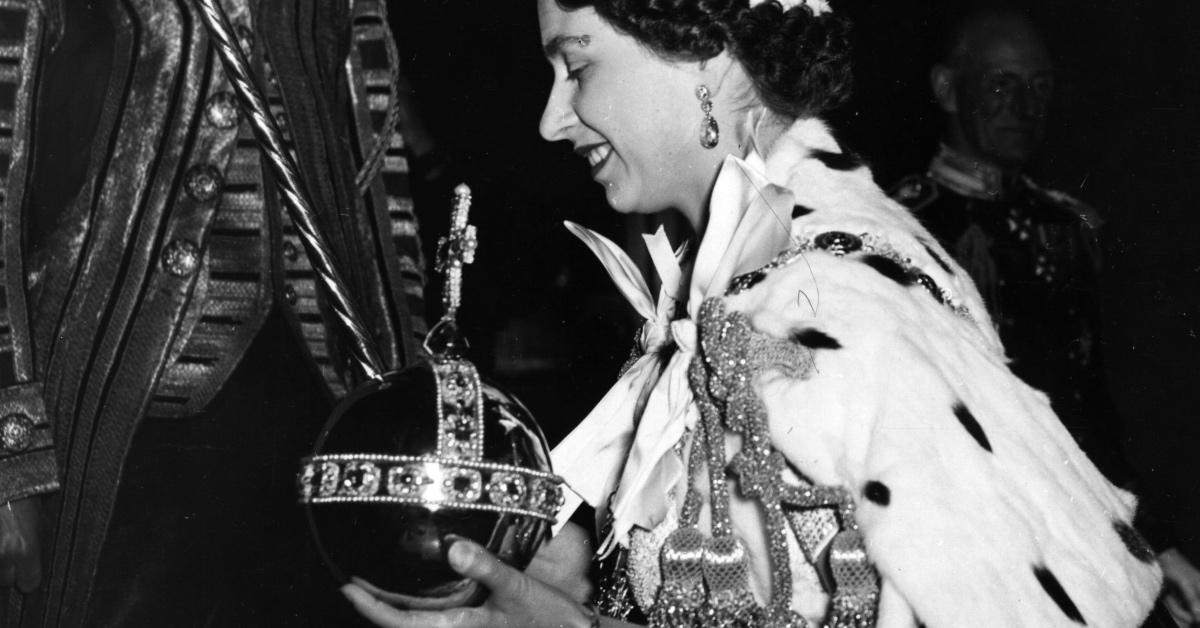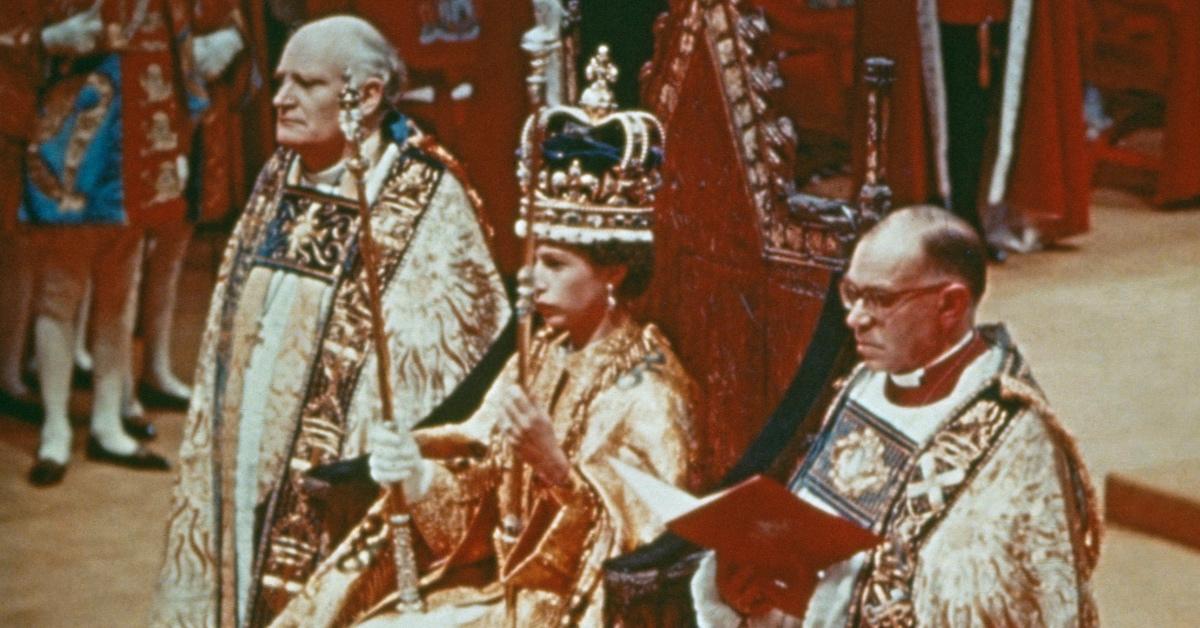What Is King Charles Holding at His Coronation? The Answer Revealed
Published May 2 2023, 3:40 p.m. ET
In a monarchical society, a king's coronation is one of the most important events. The act of coronating a king or queen originated in Europe, and the UK Parliament describes the necessity of the action as a way to "bring stability to often volatile societies in which several individuals had a claim to the throne."
Coronation means "act of placement or bestowal of a crown upon a monarch's head." However, those familiar with coronations have noticed that rulers such as King Charles III of the British Royal Family don't just wear a crown at the event. What does the King hold at a coronation? Here's what to know.
What does the King hold at a coronation?
Officially, there are two monarchial symbols that the King or Queen holds at a coronation: an orb and a scepter. The orb and scepter are traditionally a part of the coronation ceremony where the new ruler takes the throne, per Town and Country, in a practice that dates back to the seventeenth century. The monarch-to-be also dons an Imperial Robe.
In one hand, the King holds the Sovereign's Orb.
First created for King Charles II's coronation in 1661, according to The Crown Chronicles, the orb is "a 30cm-wide hollow gold sphere, mounted with nine emeralds, 18 rubies, nine sapphires, 365 diamonds, 375 pearls, one amethyst and one glass stone." The pearls are divided into three sections on the orb, representing the three continents that English rulers believed existed (at the time).
The ruler takes the Orb after they put on the Imperial Robe and placed into the monarch's right hand. There, the Archbishop of Canterbury says, "Receive this orb set under the cross, and remember that the whole world is subject to the Power and Empire of Christ our Redeemer."

In the other hand, the King holds the Sovereign's Scepter.
The Sovereign's Scepter is one of two scepters used in the coronation ceremony. It is also known as the Scepter with the cross and is meant to symbolize "the temporal power of The King or Queen, and is associated with good governance," per The Crown Chronicles. The Scepter with the cross is known for holding the Cullinan I, a diamond known as the "First Star of Africa."
The gem, taken from South Africa in 1905 and given to Edward VII in 1907, was cleaved into nine parts, with the largest set in the scepter for George V's coronation in 1910. As it is handed to the monarch, the Archbishop says, "Receive the rod of Equity and Mercy. Be so merciful that you be not too remiss; so execute justice that you forget not mercy. Punish the wicked, protect and cherish the just, and lead your people in the way wherein they should go."

Queen Elizabeth II at her coronation ceremony in Westminster Abbey, London, 1953
When not used, the Orb and the Scepter are returned to the Jewel House at the Tower of London alongside the Queen Consort's version of all the monarch's jewels and gems. That's right, in 2023, Queen Consort Camilla Parker-Bowles also carried an orb and scepter.
However, Camilla's choice of the scepter was met with backlash. She carried the scepter Queen Elizabeth II did — the Rod with Dove, controversial for being made of ivory and associated with the ivory trade.
The Duchess of Buccleuch and Queensberry died before King Charles III's coronation.
On May 2, 2023, The Duchess of Buccleuch and Queensberry, Elizabeth Scott (neé Kerr), died after "a short illness followed by an operation," MSN reports. Charles has reportedly expressed his condolences privately to the Duke. The Duchess and Duke were to have a role in the coronation ceremony, leaving the royals reportedly scrambling to figure out a replacement.
The Duchess is survived by her husband, four children, and eleven grandchildren.

